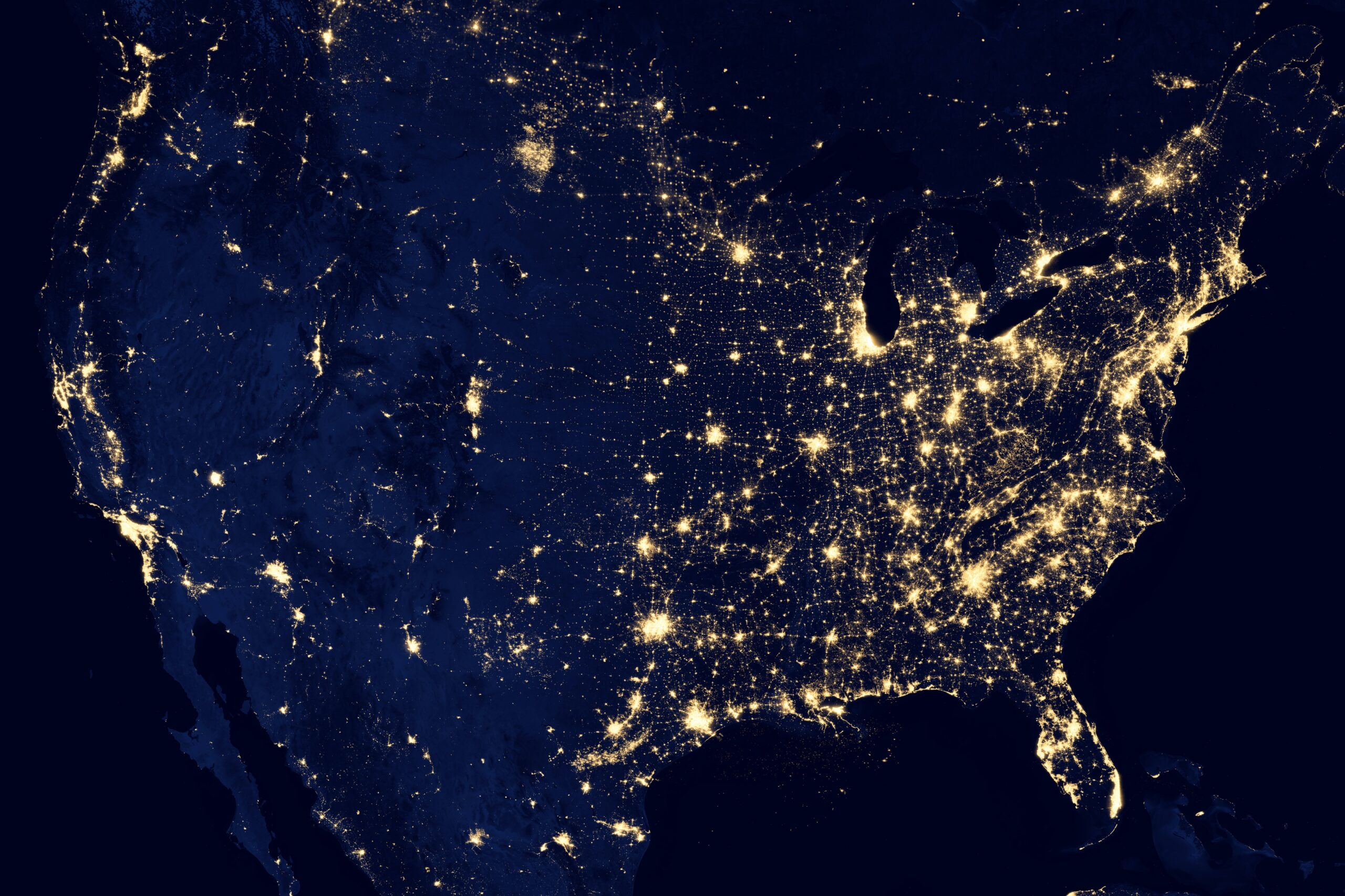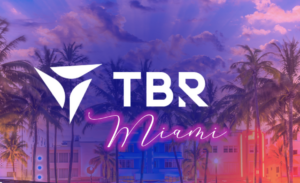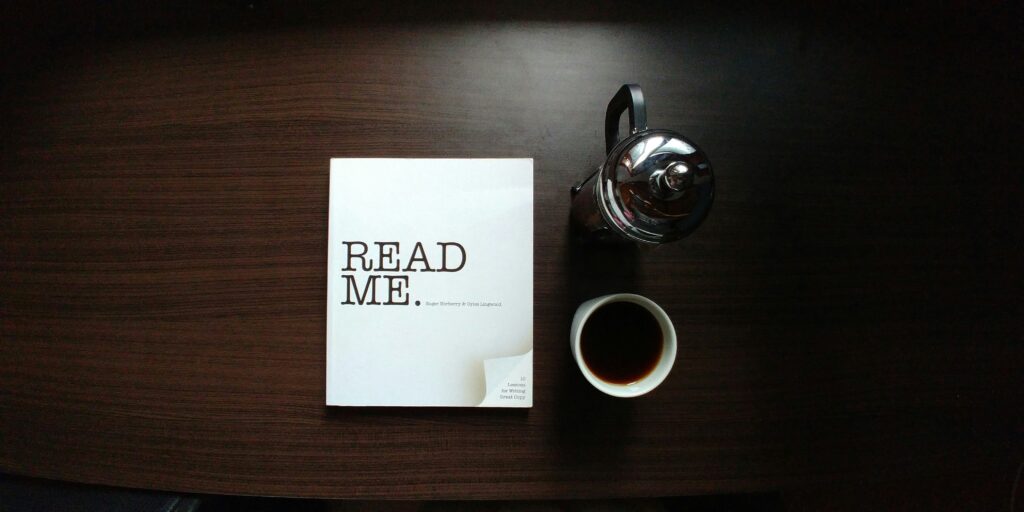How do people really feel about you?
Do you ever wonder if the people around you like and respect you? You and everyone else.
Being a human is hectic. We’re born with this primal capability to stand in people’s shoes and see the world from their perspective. And because we’re all searching for our identity, we often try to look at ourselves through their eyes to understand what’s valuable about us.
After all, it would be nice if the people around us gave a shit. What more is there to life? And, why do we care?
Well, despite all the chaos in the universe, we exist. We want to know that we matter somehow. We need to know that something about us is worth recognizing & supporting.
Whatever you decide to become in this life, whatever paths of self-expression you choose to explore, a good sign that you’re making progress is when your ideas meet resistance. But don’t be so quick to turn this natural phenomenon into your trophy, resistance is only a litmus test on your way to building a brand.
Here’s what I’ve learned about branding since 2015
1. Vive la Résistance! 🤬
If you’ve read my viral articles on web3, eCommerce & the metaverse, you’d have noticed a pattern of non-conformity and an embrace of the unorthodox. This is deliberate, and I’ll explain.
Whenever you try to convince people about something, the direct route is often the most energy-intensive one and yields the highest number of short-term failures.
The truth is that humans don’t like change all that much, completely disregarding the fact that we live on a planet that spins—on two axes—and has no pause button. When your new thing reaches people for the first time, their reactions will vary depending on their relationship with risk.
For a few, they’re eager to try you out. You’ll probably know them as first/early adopters. In many cases, people are even strategically placed in such positions to cause a domino effect, because humans are largely social creatures.
In the 1830s, opera houses in France were said to spike their audience with calqueurs; performers paid to sit with the audience and encore, give standing ovations or even weep after performances to get the crowd going.
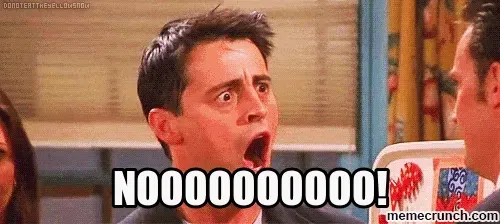
Yessssssssssssssssssssssssssssss.
Once they began, the results were undeniable. Watching people around you stand up in applause after a performance would surely nudge you to stand too, even if it was meh. We are, after all, social creatures that learn from mimicking others.
In a bunch of your favorite sitcoms, you laugh when the show tells you to laugh. You know, the background laughter that follows each joke, whether it’s funny or not.
You thought you were in control?

“You can’t tell me what to do!” Yeah but I can make you.
I’ve studied dictators, influencers, icons, celebrities, and the world’s most powerful leaders. I’ve also interviewed executives of some of the biggest brands in the world today to learn from them and one thing they never shy away from is the direct route.
But if you tried to build your brand and influence today by taking people’s worldviews head-on, you will likely fail terribly. So what’s their secret?

Throwing tantrums?
Well, keep reading to find out.
A lot of the people you know personally won’t admit your influence in their lives, especially not to your face. If anything, they might want to downplay your achievements so that you reside comfortably beside their ego. Consider such a side quest.
With business, you have some wiggle room. Because a brand/business is not an entity, we can’t really project our emotions to it. It’s not alive; it doesn’t breathe, it doesn’t shit, it doesn’t fuck, it doesn’t bleed.
But it lives in you and everyone like you.
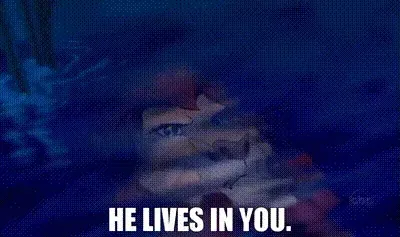
You’re building a symbiote.
2. What Exactly a Brand Is 😂
A brand is a buzzword in every market today. People want to build a brand out of everything possible, from personalities to dog food, because they know its impact on sales. The brand is a gift that keeps on giving.
The first time I saw the word “brand”, it was used to describe the markings made on livestock and slaves to show ownership. Drawing a parallel to how we use the word (brand) today, what used to be a mark to show ownership of property is now focused on the impression people get from interacting with your business.
What that means, is that the brand is somewhat fluid. People may hate you today, but with a few PR tweaks, people could love you to death tomorrow. The interaction is not over till it’s over. The world’s leading brands take over the market share by sinking their teeth deep into society and human thinking.
These businesses may already have “pioneer privilege” by existing for longer than you ever lived. They’ve become household names and are now pillars of contemporary society. They might even spend heavily on campaigns to keep themselves on everyone’s mind. They’ll gladly distribute their swag anywhere eyes might be.
But if you can’t beat them, should you join them?
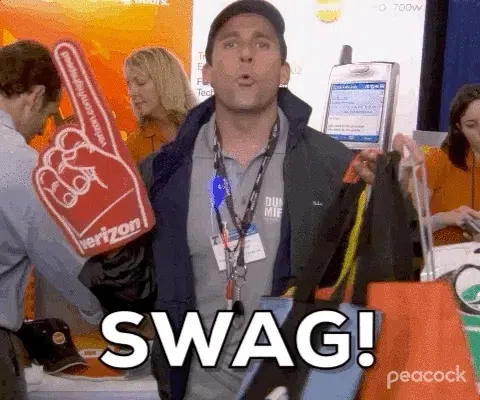
You’ll never get me, Michael Scarn.
That depends on the game you’re ready to play. In a world of competition, it’s likely you’re not the only one in your niche, and even if you’re better than everyone else, they’ll just steal your ideas. Snapchat CEO Evan Spiegel refused to sell to Mark Zuckerberg and now almost every social app has stories.
In order to find your own space in the mind of your market, you can only stand out by taking risks. By mixing trusted strategies with fresh perspectives, you take up virgin land in your audience’s mind. People want something fresh and new to excite them. Take risks, like Harry Houdini.
3. The Business of Risk 😬
Your branding strategy has to include the measure of your appetite for risk, not just for you, but for the team backing you up. They need to know how much room they have to experiment in order to grow your brand.
I’ve worked as a Creative Director (marketing) since 2019, and the only thing that ever gets people’s attention is in the high-emotion spectrum. The bizarre, the outrageous, the offensive, the adorable, the exciting, the popular. You know, stuff like that.
When doom-scrolling online, people will take an instant to decide if they will give your content their attention. They’re looking for an emotional and psychological reward.
From the reward, you make an impression. If it meets them exactly where they need you, sharing your brand is the least they’ll do for you. And so it spreads, like a virus.

One of my earliest animations. Thanks, TipTut!
There’s no profit in being typical or following other people’s footsteps. You will find your footing by extracting the context of worthy experiences and turning them into critical wisdom for yourself.
There are core aspects of your brand that you may never realize or benefit from without taking risks to reach people’s subconscious.
You live in a world with 8 billion individual minds experiencing life differently. Your market is only a portion of these people, and the one thing they have in common is that they respond to your brand. Your job is to keep learning WHY people find value in your brand through neverending testing, feedback, and learning—separate from your own biases.
There are no rules. To reach the people who unknowingly want to connect with your brand, you’re going to have to be honest. As fuck. If you’re not taking risks, you have nothing to gain. Even in human relationships, we don’t create meaningful connections if we don’t take risks.
Everyone has a story. I found massive engagement from telling my most remarkable ones. The ones that mattered deeply to me. People can smell that authenticity.
What if people get offended? They’ll be fine. Your job is not to pacify the emotions of the hypothetical haters. You can also win the real ones over with a few tricks. More on that later.
Your job is to stand strong and do good work for the people who see your relevance. And when you see that something’s definitely not working, pivot quickly. The brand is also agile, even if it’s steadfast.

Parkour!
4. The Psychology of Persuasion 😵💫
I said I’d tell you the secret of the people who wield mass influence.
Robert Cialdini, an Italian-American behavioral psychologist with a niche in Persuasion Science published his research in a book titled Influence: The Psychology of Persuasion. The things I read there cracked my brain open.
In summary, your approach is literally everything.

I will now be hypnotizing you.
People are in their own heads, thinking about their own lives, problems, goals, and wishes. The only way they’ll let you in is if they see your brand as a means to their success/happiness, or see themselves in it.
When I was first learning copywriting, every course I took kept emphasizing, “Nobody cares.”
That’s good news. If nobody cares about your brand, then your marketing problem is already solved. You just have to find a way to make them care.
The only way you can get through to them is to know what THEY care about and align your brand to it. That’s why the approach is everything.
Depending on how you’re approached, you react differently. Everyone has a spectrum of behaviors, perspectives, and traits that hide or show themselves depending on the situation. You don’t know who I am, but you love me-hee-hee!

!!!!!!!!
Approach triggers subconscious emotional reactions in all of us. Humans are not creatures you approach rationally. Believe me, I’ve tried. I’ve even lost a lot of relationships with people as a result. It’s not convincing enough.
Even in conflict between children, the one who makes a case of it first tends to get the adult’s favor. Fuck ethics, fuck rationality. Who made their story matter first? That tends to set the precedence for how the situation is handled and could even reduce the offenses of the reporting kid.
From Cialdini’s book, you can influence anyone to do anything by using reciprocation, proving commitment & consistency, providing social proof, being likable, showing authority, highlighting scarcity, and establishing unity.
But what matters most is the approach. Design how you want people to feel in every interaction with your brand.
5. No Authority Without Risk 🐐
Humans wonder who to trust when there are stakes involved.
Historically, authority has been useful in establishing order and civilization in human society. We trusted figures of authority to guide us because we didn’t know enough to make critical decisions.
Now that the internet is mainstream, authority is no longer about who knows the most, but about who speaks up first and speaks loudest. It’s only after the noise and turbulence that the strongest brands shine.
Establish your brand as an authority in today’s day and age requires the courage to step on some toes and ruffle some feathers.
When Einstein began publishing his papers, he first received a lot of skepticism from his peers. Scientists who had invented spectacular things wondered who the fuck this guy thought he was with his theory of relativity. After a while, their skepticism turned to intrigue, and the rest they say, is history.
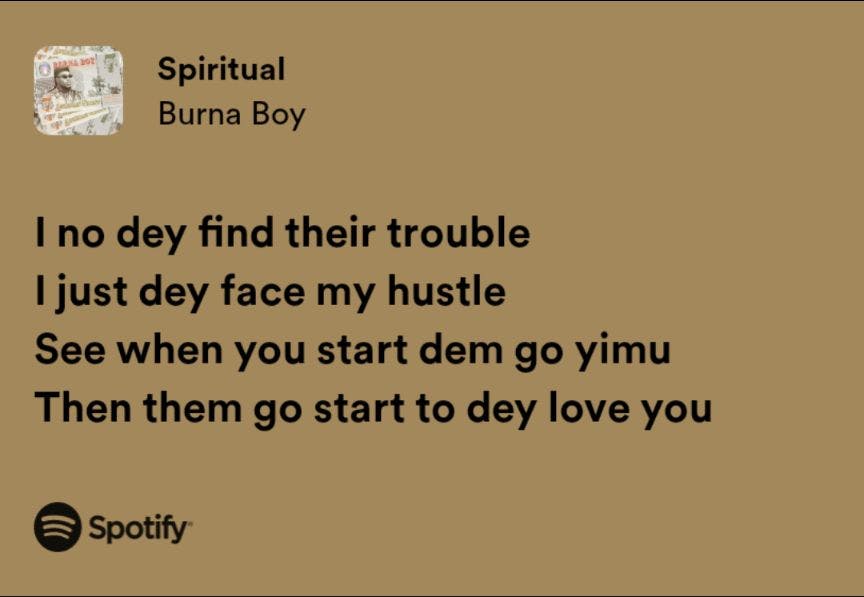
The song means that there’s always initial resistance to change, but it’s inevitable.
Deciding to risk publishing the heart of your brand with honesty and confidence sets you up to be tested. If you’re battle-ready, you’ll win everyone’s hearts.
Being disliked means you stand out. It’s good for your brand. It also means you’re authentic, because you refuse to settle. It means you’re loyal, to your cause. It means you’re passionate and your views influence how people think. Above all, it means you’re selective.
Not everyone must understand your views, but the ones that do see your brand clearly and form around it.
6. Piracy is a Gift, Use It 🔥
I’ve told a part of this story before in my eCommerce article, but I published a book in 2019 to help students improve their performance in school using specific habits. Long story short, not only did it go viral on Twitter, but it also got pirated in my school.
That’s the most flattering thing that had ever happened to me at that time in my life.
I became curious and did research to find out if I should be worried about it. I was pleased to learn and discover that piracy is the best way to build your brand for free.
Kanye leaked his tapes. Game of Thrones took over the planet because it was available everywhere. Not all value from your business is money. Companies like Apple & Microsoft have brand value in hundreds of billions of dollars that they can’t cash on demand.
But because they know their audience, they can build their products and put that billion-dollar stamp on it and it will sell.
Even bootlegs help to spread the word. Don’t be so stuck up. I’m a pirate myself, and I support piracy. Without piracy, I’d never be where I am now. Russians understand this, so they try to give everyone that opportunity. I got ebooks, research papers, software, courses, mobile games, name it. I could never have afforded those as a kid.
I found ways to utilize my findings on piracy for my eCommerce business by understanding why people pirate stuff and taking control of the situation to turn most of it in our favor. If you want the research, let me know in the comments.
Check out how we serve customers who can’t pay for whatever reason here. I’ve learned that everyone in my community is my business and I should try to reach them somehow.
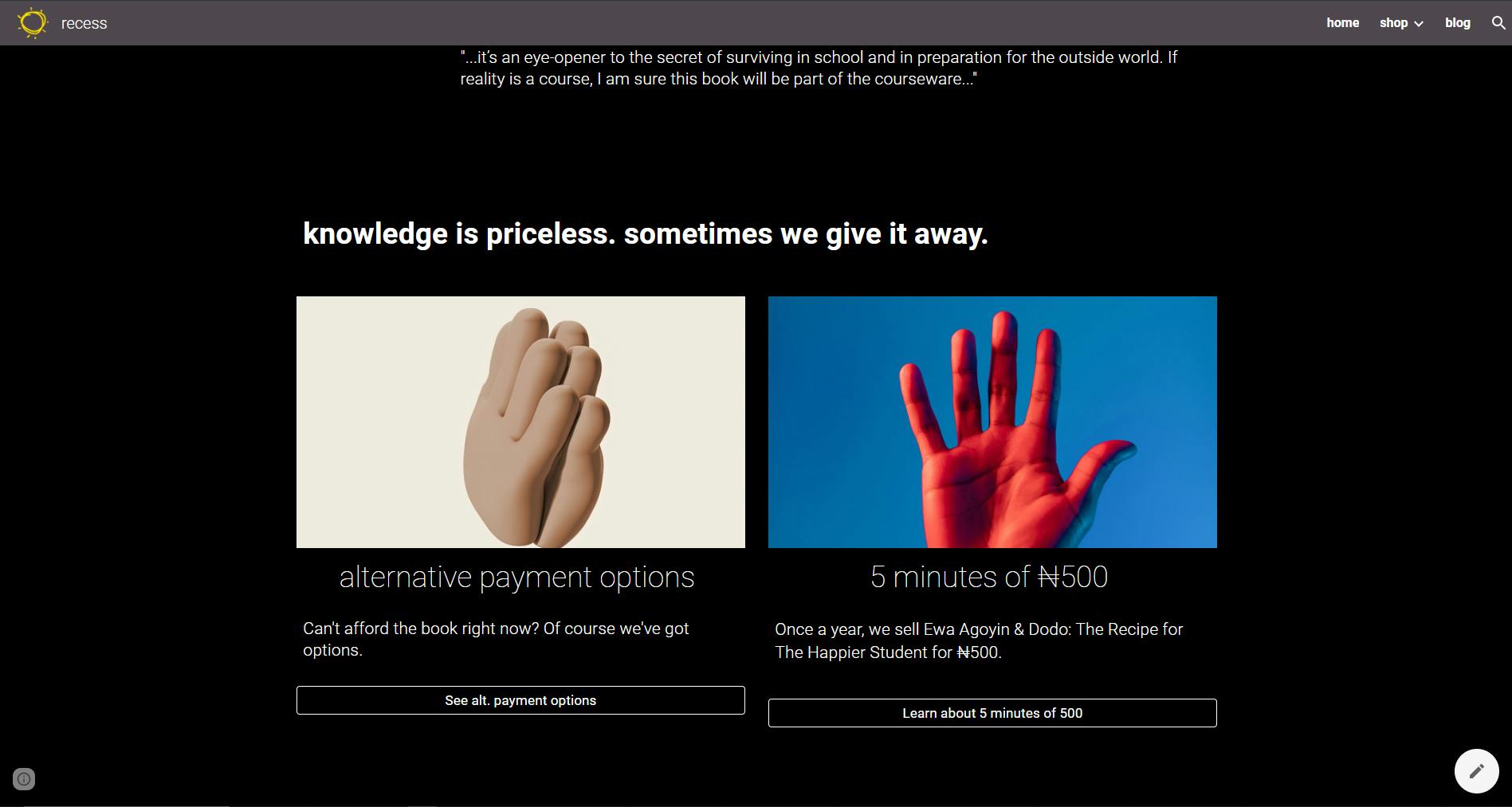
Allow me introduce you to the Nigerian Naira. So sexy, this currency.
7. We Need An Image 🗿
I was curious and asked ChatGPT about the difference between a brand following and a mob. The answer is leadership.
Your brand will not build itself, it needs a champion. Apple has Steve Jobs and his transcendent ideals. Microsoft has Bill Gates and all his contributions to humanity. Amazon has Jeff Bezos, Twitter has Jack Dorsey, and Tesla has Elon Musk.
Recess has Walo Olapoju; walo, the underscore. 🙈
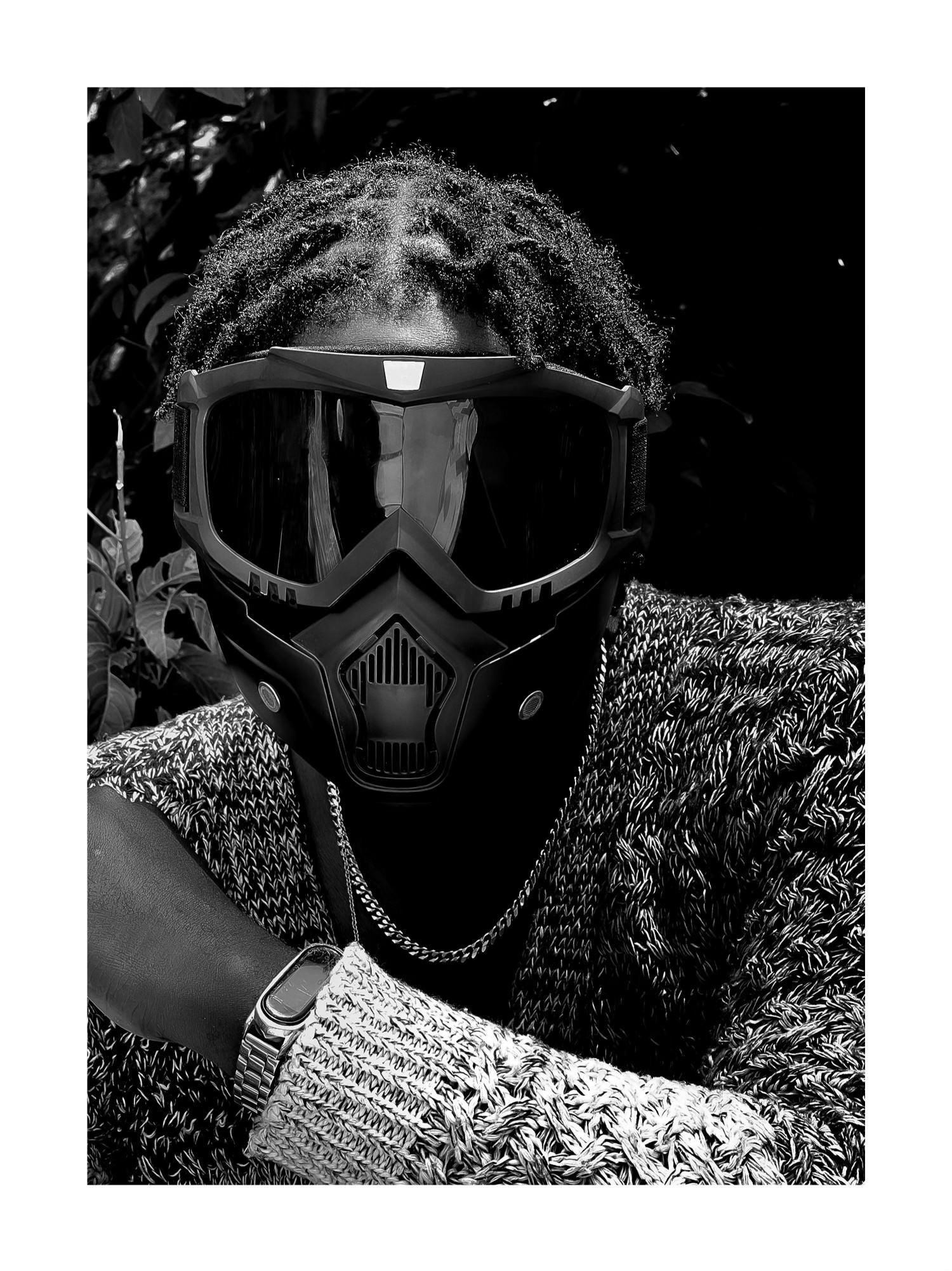
Take a good look, chico.
Musicians, authors, and actors use their faces too. A mob is a mindless rave of madness and chaos. A brand following conforms to order and can be used to make the world a much better place. Look at Patagonia.
People who lead their brands relentlessly promote them for years, being the face of criticism and congratulations. Without criticism, you can’t stand firm. Without congratulations, it’s harder to keep going too, anyway.
If you really want your brand to be accepted, it needs a symbol.
It doesn’t even need a face. Sometimes, a mask will do (I use one, tee-hee). For a business, its logo might be the visual anchor. It could even be an animation style, a look and feel.
If people can’t identify you on sight, you have a big problem. So give them an image they’ll never forget.
8. Bad Publicity Is Still Publicity 😏
Pablo Picasso and Kanye West have a couple of things in common.
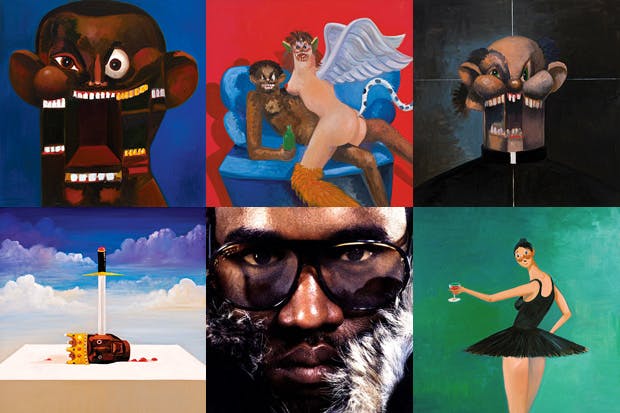
Apart from their obvious sociopathy—which is actually a necessity (take that with a bucket of salt) for carving out huge success in society, they understand that one failure is not the end. In fact, Pablo Picasso would actually paint ugly stuff just to get people’s hate.
If they hate you, it’s still attention. The opposite of love is not hate, it’s indifference. So don’t be afraid to make mistakes, just keep your community in the loop always.
They want to trust you, so make it easy for them.
And if your brand is ever misrepresented by malice, you might be better off ignoring that shit than getting baited into a public debate.
Also, when you interact with unhappy customers, take the chance to pay close attention and learn from your mistakes.
Your job is not to be perfect, your job is to be dedicated to reaching your business goals.
Money is a symbol of trust, but trust itself is priceless. You can only influence people in trust, and if you mislead them, you’re the boy who cried wolf.
So it’s always important to set expectations properly, under-promising and over-delivering; giving enough room for you to fail woefully and get back up quickly.

My brother calls me the Rizzard of Oz.
Hope you enjoyed my article! I’m also a musician, and you’d absolutely make my day if you listened to my EP here. 🙏🏿
Thank you! It’s 13 minutes only, just plug and play. If you hate it, I’ll personally send you a letter of apology. 😂
This article was originally published by Walo on Hackernoon.


